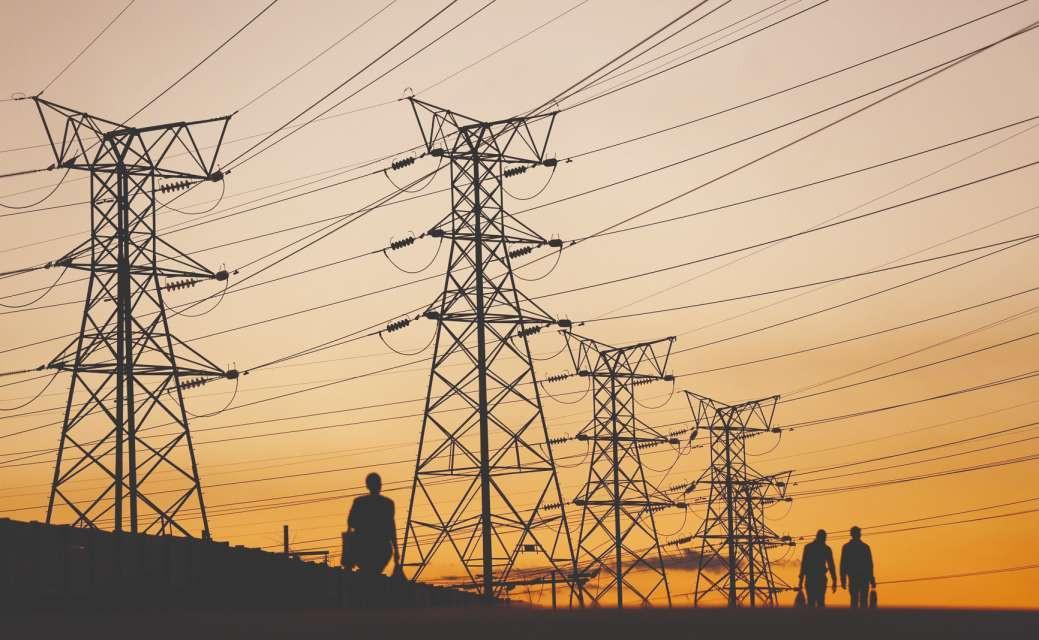
South Africa, the continent’s most industrialized country, is in the grip of an energy crisis that critics say is much deeper
than the authorities openly acknowledge.
The periodic electricity blackouts are expected to reach a critical stage as winter arrives in the Southern Hemisphere and sends energy demand soaring, experts warn.
Over the past 15 years, South Africa’s electricity crisis has been deepening, with power shortages blamed on
insufficient investments in the country’s ageing coal-fired power plants.
The crisis has worsened over the past 12 months, with the country spared the debilitating rolling blackouts, known as load shedding, only on Christmas Day, New Year’s Day and a handful of other occasions.
To manage the shortfalls, the state-owned power company Eskom imposes daily scheduled rationing to cope with the production shortfalls.
But more recently the power cuts have lengthened, and many people are forced to
endure blackouts of up to 12 hours a day.
Under pressure to end the power cuts, President Cyril Ramaphosa declared in February a National State of
Disaster, a legal move introduced to prioritize efforts to address the problem.
He also appointed an electricity minister, Kgosientsho Ramokgopa, with the sole task of ending the blackouts.
But Ramokgopa, a civil engineer and former mayor of Pretoria, has run into a series of obstacles, analysts say.
Not least, the state of disaster was revoked after about two months, even though electricity supply has yet to improve.
In recent days power supplies have plummeted to levels even below the output officially communicated by the government, analysts say, denouncing an attempt by authorities to assuage public fury.
“They are containing public anger and frustration,” said energy expert Adil Nchabeleng.
The South African winter, which runs from June to August, can get cold, with temperatures plunging below zero degrees Celsius in some areas.
Ramokgopa has already warned people to brace for a dark and cold winter.
The treasury, meanwhile, has said the debt-saddled Eskom cannot borrow more funds for the next three years and needs to find the resources for badly needed repairs and refurbishments on its own.
“I’ll be brutally honest. It’s going to be an exceptionally difficult winter,” Ramokgopa told journalists in Pretoria last week.
The energy situation is so dire that experts warn the country could be on the brink of a widespread collapse of its electricity grid.
“Winter is going to be disastrous this year if nothing drastic is done now to return back to operation the current units that are out,” Nchabeleng told AFP.
“We are sitting in a catastrophe right now,” he said, adding that the grid risked being stretched “to the point of its collapse.”
Eskom, which provides the bulk of South Arica’s electricity, can guarantee supplies of 27,000 megawatts, the new electricity minister has said.
But summer demand peaked at 32,000 MW, and in winter it can soar to 37,000 MW, raising the prospect of dire cold for millions of people.
The outages continue to hold back economic activity, with economists warning that growth could contract significantly, possibly plunging the country into recession.
The International Monetary Fund (IMF) projects that real GDP growth will drop to just 0.1 percent for 2023, mainly impacted by the power cuts, from 2 percent last year.